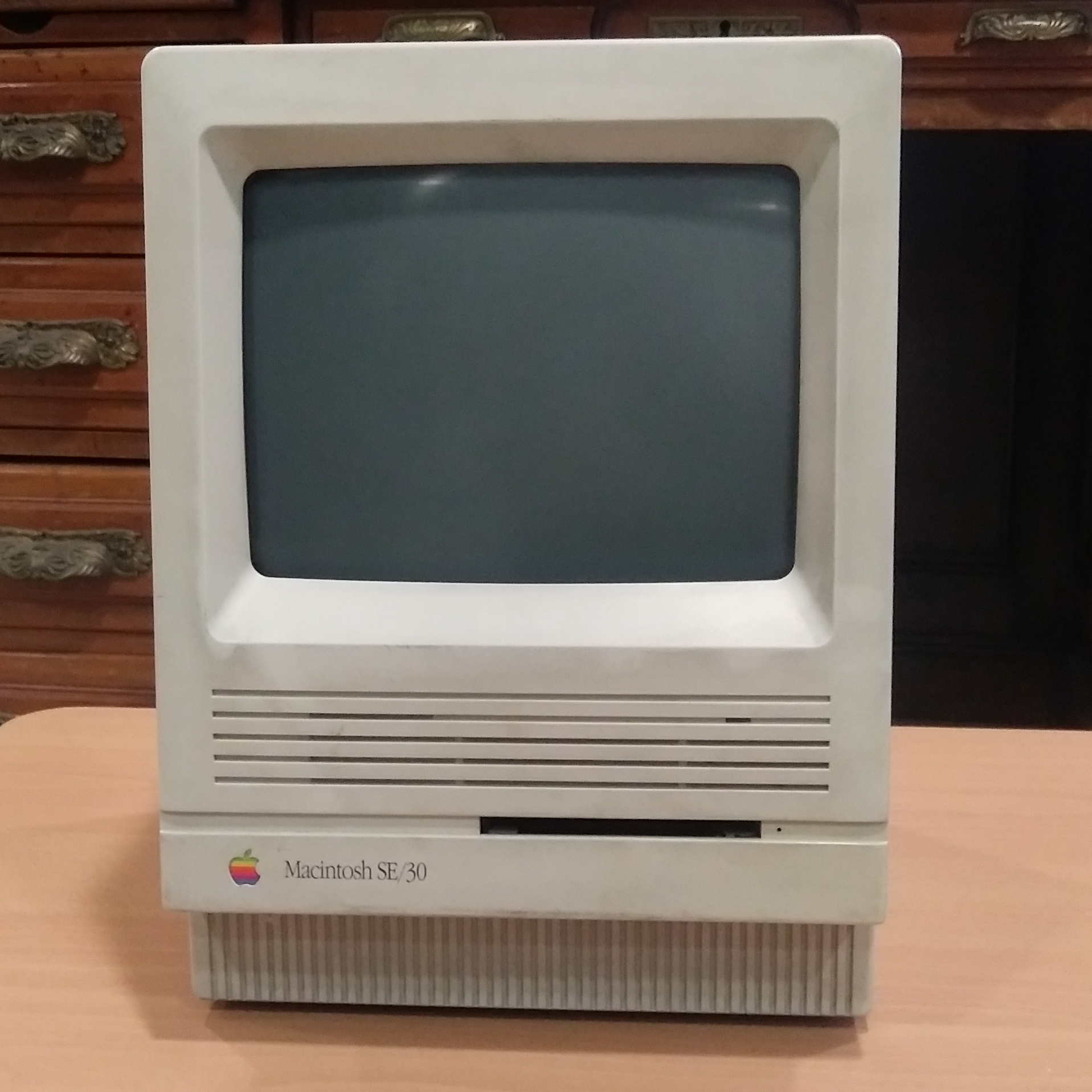
The Macintosh SE is a calculator produced in 1987 by Apple Computer. Launched together with the Macintosh II, a high-end computer designed for the graphics and publishing sectors, it is the third model after the Macintosh 128 and the Macintosh Plus of the all-in-one Macintosh line (the same structure houses both the computer be the monitor). Compared to the previous models, it allowed to be equipped with a 20 or 40 MB internal hard disk or, alternatively, with a second diskette reader. There was also a PDS expansion slot (Processor Direct Slot) through which it was possible to expand the system (the acronym 8220; SE 8221; in fact it means 8220; System Expansion 8221, System Expansion) using accelerator cards, cards with additional coprocessors, network and communication cards.
Insights - Fun facts
It was presented at the Apple World conference in Los Angeles in February 1987 and was on sale until early 1989.
It was also equipped with a SCSI controller with higher data rate than the one on the Macintosh Plus and 100% compliant with the SCSI standard (the Macintosh Plus controller was not entirely standard). It was also equipped with a cooling fan.
Its performance was 10-20% better than the Macintosh Plus thanks to the speed of the video circuits.
Initially the computer was sold with only one floppy installed, but later it was also offered in the variant with two floppy drives. The customer could also choose to install a hard drive in the second internal slot.
The Macintosh SE was also the first Macintosh to introduce a new bus to interface mouse and keyboard to the computer, called Apple Desktop Bus (ADB), previously available only on the Apple Iigs computer, and which was used until 1998 when it was replaced with the USB standard.
Steve Jobs, co-founder and CEO of Apple, was strongly opposed to the introduction of fans and expansion slots in their computers: the former because they made the computer noisy, the seconds because they allowed the user to expand and customize the computer autonomously, without having to turn to an authorized center. It is therefore not surprising that these features were introduced only in the Macintosh SE, marketed by Apple after the resignation of Jobs in 1985 (which will return to Apple only in 1997).
The Macintosh is the founder of the family of computers still marketed. In the period in which it was made it was considered a revolutionary product, which changed the world of computers, making their use easy and intuitive thanks to its innovative graphical interface. Several other operating systems, such as Microsoft Windows, were inspired by the graphical interface of the Macintosh.
Technical Data Sheet
Name of the asset: Macintosh SE
Category: personal computer
Manufacturer: Apple Computer
Country of production: USA
Progettisti: Steve Jobs, Andy Hertzfeld, Bud Tribble, Bill Atkinson, Burrell Smith, Joanna Hoffman, Bruce Horn, Brian Howard, Jef Raskin, George Crow, Jerry Manock, Chris Espinosa, Bob Belleville, Steve Capps, Donn Deman, Susan Kare, Larry Kenyon, Caroline Rose.
Year of production: 1987
Dimensions: 343x248x273 mm
Processor: Motorola M68000 at 8 Mhz
Memory Unit: 1 standard MB (maximum 4 MB). 256 KB ROM
Hard disk: 20 MB or 40 MB optional
Floppy disk driver: 800 KB 3.5 inches (type configuration, second optional internal reader)
Display: Monochrome CRT 512 342 points from 9"
Audio: 8 bit mono output
Operating system: Apple System 4.0






